Back pain is one of the most common complaints among adults over the age of 65. For many seniors, it…


Back pain is one of the most common complaints among adults over the age of 65. For many seniors, it…
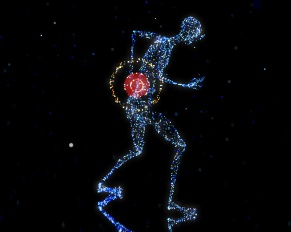
Sciatica is a painful condition that occurs when the sciatic nerve—the largest nerve in the body—becomes compressed, irritated, or inflamed,…
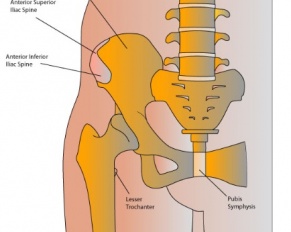
The Role of Physical Therapy in Sacroiliitis Treatment Sacroiliitis is a painful condition that affects the sacroiliac joints, located where…
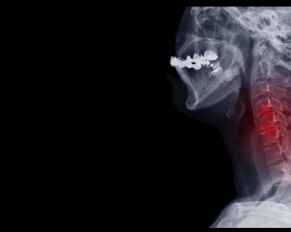
Cervical spine deformities, a group of conditions that distort the normal curvature of the neck, have been a subject of…
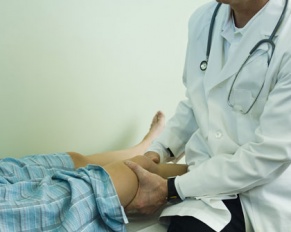
An estimated 80% of the population experiences back pain– especially lower back pain– at one point or another in their lifetime. While still prevalent, leg pain can stem from back pain, but it occurs less frequently. Leg pain tends to be both bothersome and debilitating, potentially limiting an individual’s daily activities. Patients consulting a spinal care look to a doctor to administer treatment for quick pain relief; more importantly, patients want doctors to provide answers to the cause of their discomfort. But in the end, patients fail to understand that the answer may not be as clear-cut as they believe.
In reality, a wide spectrum of spinal conditions can lead to instances of both back and leg pain.
For example, Peripheral Artery Disease (PAD) can trigger leg pain, coupled with back pain. PAD refers to the buildup of plaque along artery walls and the subsequent blocking of blood vessels in the legs. This, in turn, restricts the amount of oxygen nourishing the leg muscles and causes discomfort in patients’ legs and back. But combined leg and back pain can also be a harbinger of a life-threatening condition called Deep Vein Thrombosis. This serious condition refers to the formation of blood clots in the deep veins in the body. If the clot breaks free, it can be dangerous and clog a smaller vessel, thereby culminating into a stroke.
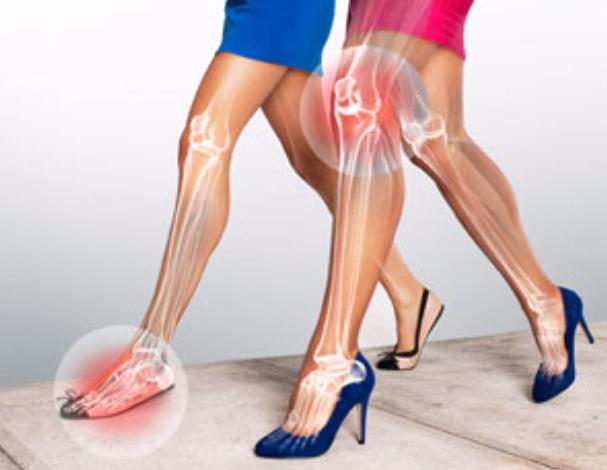 Way back in the 10th century, during the Tang Dynasty, a rather barbaric practice of Chinese foot binding of young girls, aged six years or younger, began. The feet of these poor children were wrapped in tight bandages and broken so they couldn’t grow any bigger. Why would such an atrocity be done you may ask? Well, binding the feet to make them appear tiny and delicate was practiced by wealthy families, as only wealthy families could afford to have the women of the house stay at home and not work. When you saw a Chinese woman with very tiny feet, you instantly recognized that as a status symbol representing prestige, beauty and wealth.
Way back in the 10th century, during the Tang Dynasty, a rather barbaric practice of Chinese foot binding of young girls, aged six years or younger, began. The feet of these poor children were wrapped in tight bandages and broken so they couldn’t grow any bigger. Why would such an atrocity be done you may ask? Well, binding the feet to make them appear tiny and delicate was practiced by wealthy families, as only wealthy families could afford to have the women of the house stay at home and not work. When you saw a Chinese woman with very tiny feet, you instantly recognized that as a status symbol representing prestige, beauty and wealth.
If you scoff at the above idea, consider this – the people of Western civilization, all these years later, think nothing of a woman teetering on heels so spindly that she can barely walk and with only a prayer she will not topple over and break a bone, or two, or three.
Women even joke about their infatuation with high heels – they don’t care how much pain and suffering they have to endure, because, after all, stilettos transcend them into a femme fatale. Even if women are short in stature, heels give them a commanding presence. Heels are a boost to any woman’s ego because suddenly their legs look long and shapely as opposed to short-heeled, sensible shoes which make them feel short and dowdy.
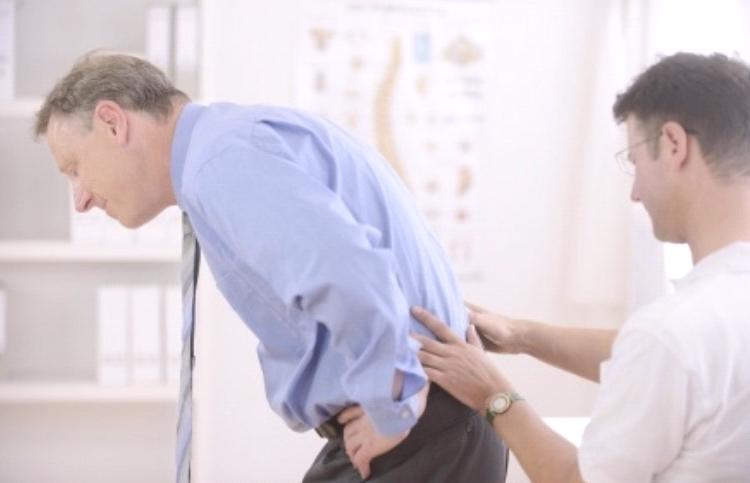 There are several causes of sciatica, which is identified as a painful condition which occurs from soreness or pain that travels from your lumbar or lower spine, to your buttock and all the way down your leg. Sciatica only affects one side of your body, but that one side might as well be both sides for all the pain you will experience. Sciatic pain does not discriminate where it chooses to wreak havoc – it might be a tolerable ache, or an excruciating pain. There are ways to try to thwart sciatica and stop it in its tracks, but many times, other medical issues are the underlying cause of the sciatic problems, thus, the malady is not strictly your own doing. For example, although sciatica is believed to originate from prolonged sitting, even the simple act of coughing or sneezing can cause a sciatica sufferer great discomfort. Sometimes (but rarely), the sciatic nerve can be compressed by a tumor, or damaged by a disease such as diabetes, or, it could become pinched, usually by a herniated disc in your spine, or by an overgrowth of bone (bone spur) on your vertebrae.
There are several causes of sciatica, which is identified as a painful condition which occurs from soreness or pain that travels from your lumbar or lower spine, to your buttock and all the way down your leg. Sciatica only affects one side of your body, but that one side might as well be both sides for all the pain you will experience. Sciatic pain does not discriminate where it chooses to wreak havoc – it might be a tolerable ache, or an excruciating pain. There are ways to try to thwart sciatica and stop it in its tracks, but many times, other medical issues are the underlying cause of the sciatic problems, thus, the malady is not strictly your own doing. For example, although sciatica is believed to originate from prolonged sitting, even the simple act of coughing or sneezing can cause a sciatica sufferer great discomfort. Sometimes (but rarely), the sciatic nerve can be compressed by a tumor, or damaged by a disease such as diabetes, or, it could become pinched, usually by a herniated disc in your spine, or by an overgrowth of bone (bone spur) on your vertebrae.
While the consequences sound dire for a person that suffers from sciatica, the good news is that, for most cases, 90% of sciatica sufferers have a full recovery from a bout of sciatica without the need for surgery.
Some of the triggers for sciatica are listed below. Remember: if pain persists, you should contact a specialist who will evaluate you to determine the appropriate measures to get you feeling more like yourself again a spine specialist in NJ is the answer to your sciatica woes.
 The facts are plain and simple – it is not always possible to prevent sciatica, and sadly, the condition may reoccur after the initial bout with it. What you may initially just pass off as sleeping the wrong way, or feeling uncomfortable after taking a long car trip, resulting in not knowing which way to sit due to the pain, may be sciatica. It most cases, sciatica can be relieved in a matter of weeks. But first, you need to pinpoint whether it is sciatica and what the heck is going on, then do consult with a spine specialist pronto, so that you can get on the road to recovery soon.
The facts are plain and simple – it is not always possible to prevent sciatica, and sadly, the condition may reoccur after the initial bout with it. What you may initially just pass off as sleeping the wrong way, or feeling uncomfortable after taking a long car trip, resulting in not knowing which way to sit due to the pain, may be sciatica. It most cases, sciatica can be relieved in a matter of weeks. But first, you need to pinpoint whether it is sciatica and what the heck is going on, then do consult with a spine specialist pronto, so that you can get on the road to recovery soon.